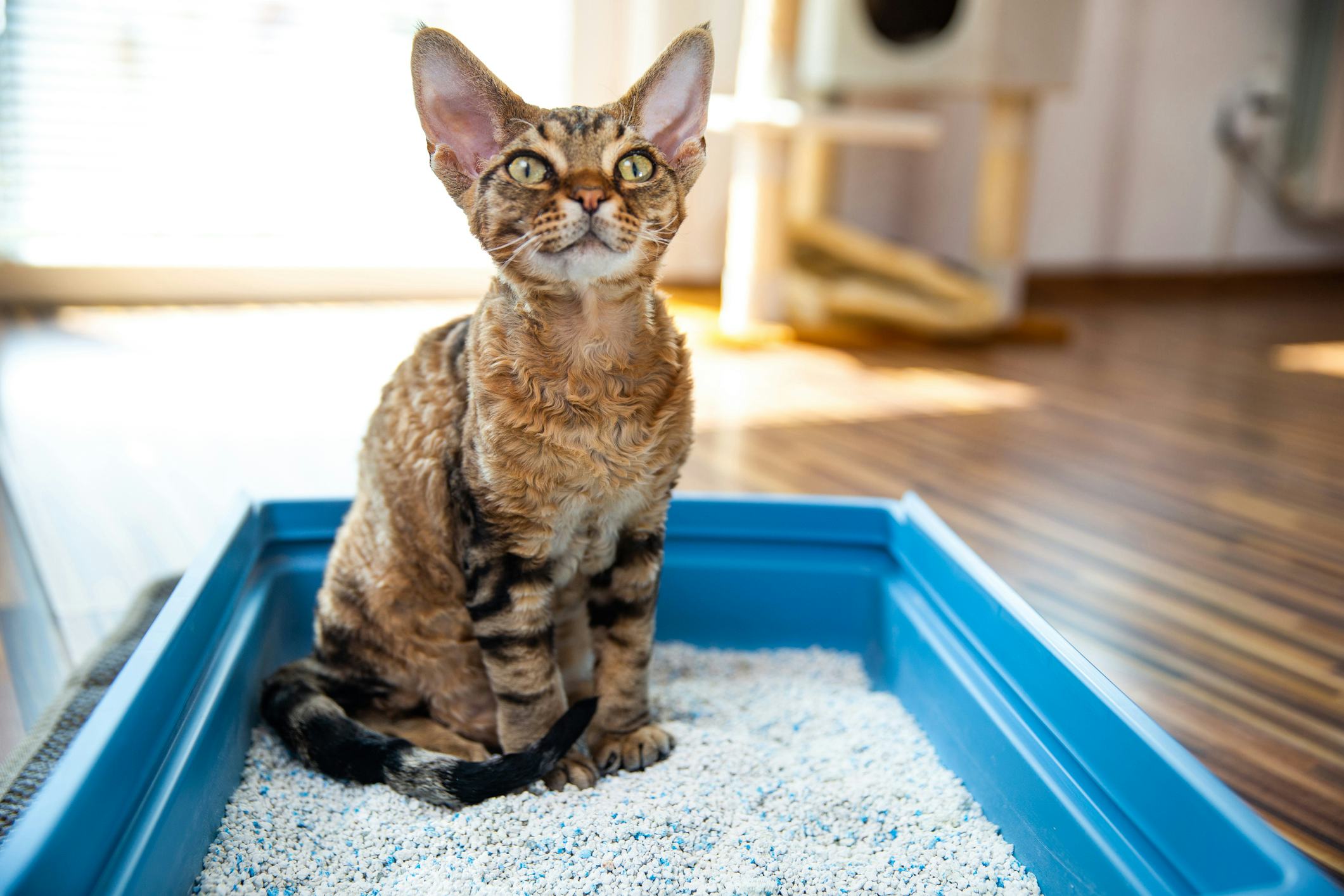Why You Must Never Flush Cat Poop Down Your Toilet - Critical Facts
Why You Must Never Flush Cat Poop Down Your Toilet - Critical Facts
Blog Article
Just how do you really feel about Can You Flush Cat Poo or Litter Down the Toilet??

Intro
As feline owners, it's important to be mindful of how we get rid of our feline pals' waste. While it may appear practical to flush pet cat poop down the commode, this method can have detrimental effects for both the setting and human wellness.
Alternatives to Flushing
Fortunately, there are much safer and much more liable ways to deal with cat poop. Consider the following alternatives:
1. Scoop and Dispose in Trash
One of the most common approach of dealing with feline poop is to scoop it into a naturally degradable bag and throw it in the garbage. Make sure to utilize a dedicated litter scoop and take care of the waste promptly.
2. Use Biodegradable Litter
Choose naturally degradable feline trash made from materials such as corn or wheat. These litters are environmentally friendly and can be safely dealt with in the trash.
3. Hide in the Yard
If you have a backyard, take into consideration burying cat waste in a designated location away from vegetable yards and water sources. Be sure to dig deep adequate to avoid contamination of groundwater.
4. Install a Pet Waste Disposal System
Buy a family pet waste disposal system especially developed for pet cat waste. These systems use enzymes to break down the waste, lowering odor and ecological impact.
Wellness Risks
In addition to environmental problems, flushing feline waste can additionally pose health and wellness threats to humans. Cat feces may consist of Toxoplasma gondii, a bloodsucker that can cause toxoplasmosis-- a potentially serious health problem, specifically for expectant females and people with damaged body immune systems.
Environmental Impact
Flushing feline poop introduces damaging virus and parasites into the water supply, posturing a substantial threat to aquatic ecosystems. These pollutants can adversely influence marine life and concession water top quality.
Verdict
Liable family pet ownership extends beyond providing food and sanctuary-- it also involves correct waste monitoring. By avoiding flushing cat poop down the toilet and selecting alternate disposal methods, we can decrease our environmental impact and shield human health.
Why Can’t I Flush Cat Poop?
It Spreads a Parasite
Cats are frequently infected with a parasite called toxoplasma gondii. The parasite causes an infection called toxoplasmosis. It is usually harmless to cats. The parasite only uses cat poop as a host for its eggs. Otherwise, the cat’s immune system usually keeps the infection at low enough levels to maintain its own health. But it does not stop the develop of eggs. These eggs are tiny and surprisingly tough. They may survive for a year before they begin to grow. But that’s the problem.
Our wastewater system is not designed to deal with toxoplasmosis eggs. Instead, most eggs will flush from your toilet into sewers and wastewater management plants. After the sewage is treated for many other harmful things in it, it is typically released into local rivers, lakes, or oceans. Here, the toxoplasmosis eggs can find new hosts, including starfish, crabs, otters, and many other wildlife. For many, this is a significant risk to their health. Toxoplasmosis can also end up infecting water sources that are important for agriculture, which means our deer, pigs, and sheep can get infected too.
Is There Risk to Humans?
There can be a risk to human life from flushing cat poop down the toilet. If you do so, the parasites from your cat’s poop can end up in shellfish, game animals, or livestock. If this meat is then served raw or undercooked, the people who eat it can get sick.
In fact, according to the CDC, 40 million people in the United States are infected with toxoplasma gondii. They get it from exposure to infected seafood, or from some kind of cat poop contamination, like drinking from a stream that is contaminated or touching anything that has come into contact with cat poop. That includes just cleaning a cat litter box.
Most people who get infected with these parasites will not develop any symptoms. However, for pregnant women or for those with compromised immune systems, the parasite can cause severe health problems.
How to Handle Cat Poop
The best way to handle cat poop is actually to clean the box more often. The eggs that the parasite sheds will not become active until one to five days after the cat poops. That means that if you clean daily, you’re much less likely to come into direct contact with infectious eggs.
That said, always dispose of cat poop in the garbage and not down the toilet. Wash your hands before and after you clean the litter box, and bring the bag of poop right outside to your garbage bins.
https://trenchlesssolutionsusa.com/why-cant-i-flush-cat-poop/

Hopefully you liked our section on Don’t flush cat feces down the toilet. Thanks a lot for taking a few minutes to read our piece. Do you know somebody who is in the market for the subject? Feel free to promote it. Kudos for your time. Come back soon.
Schedule Free Estimate Report this page